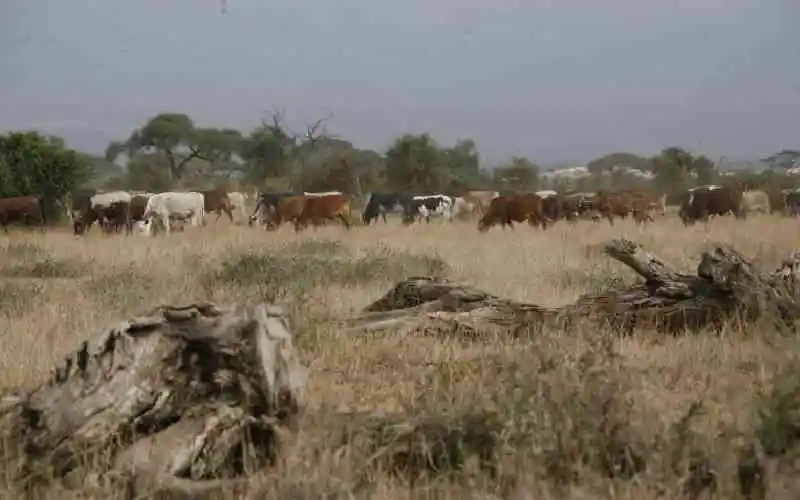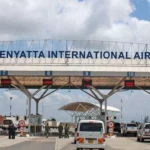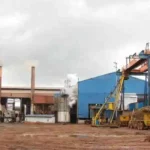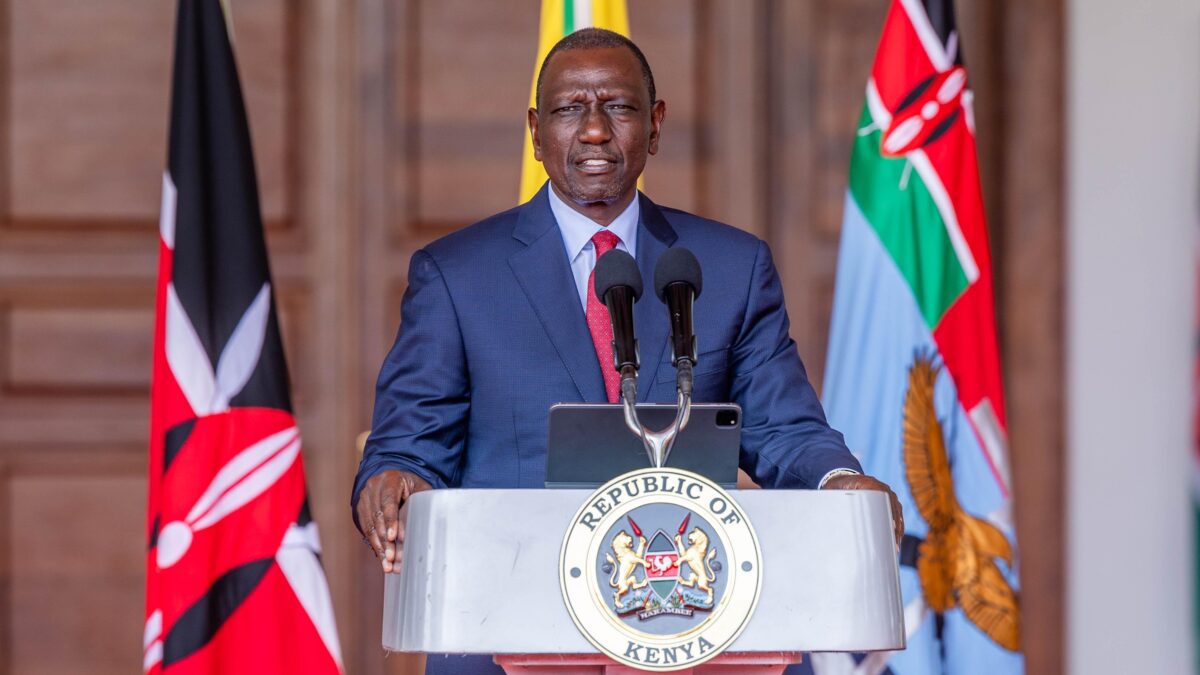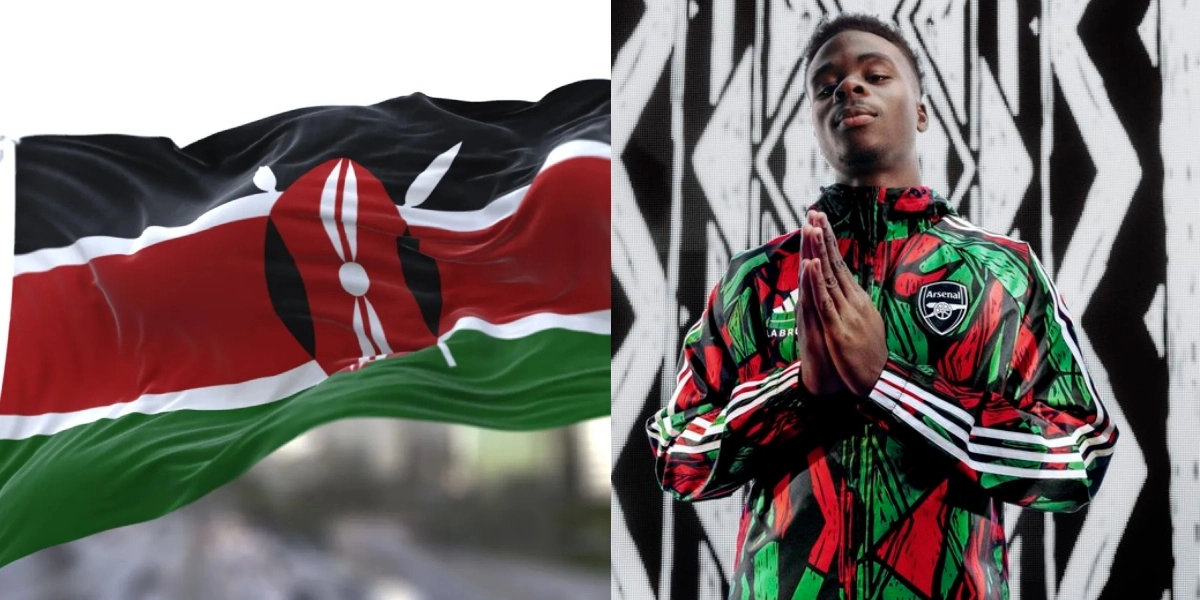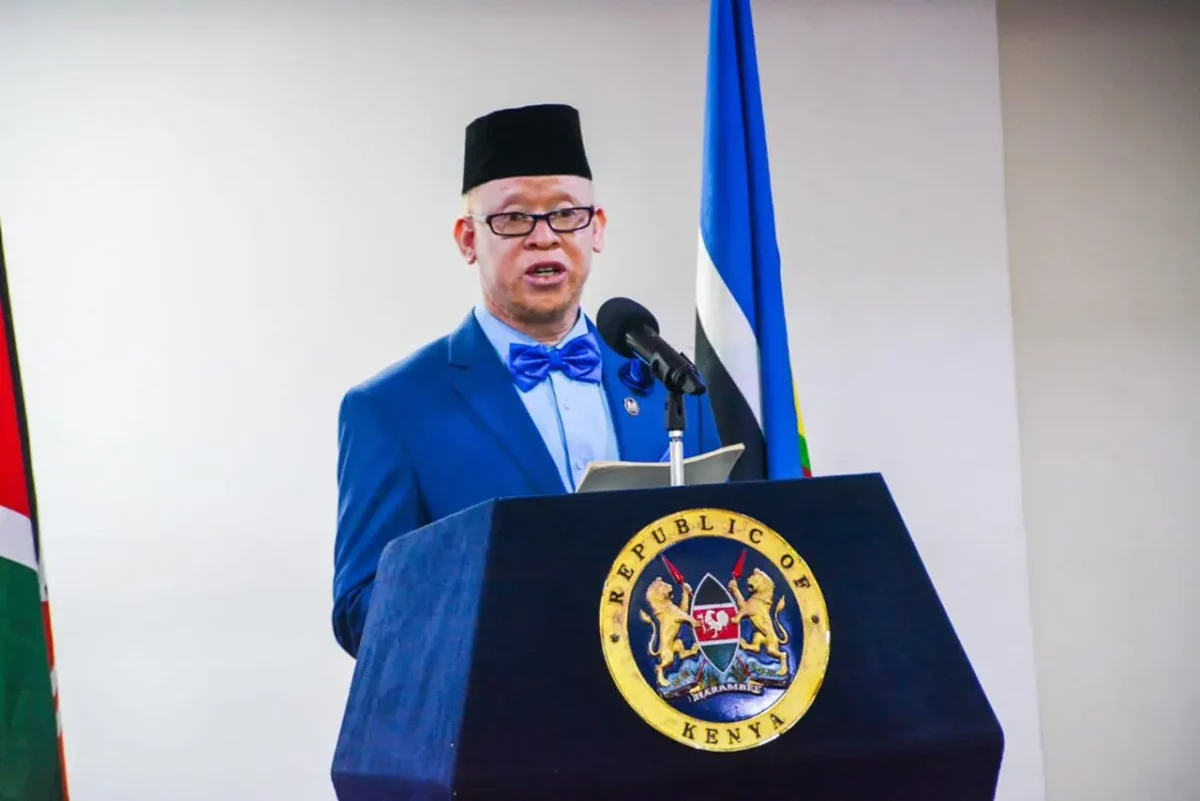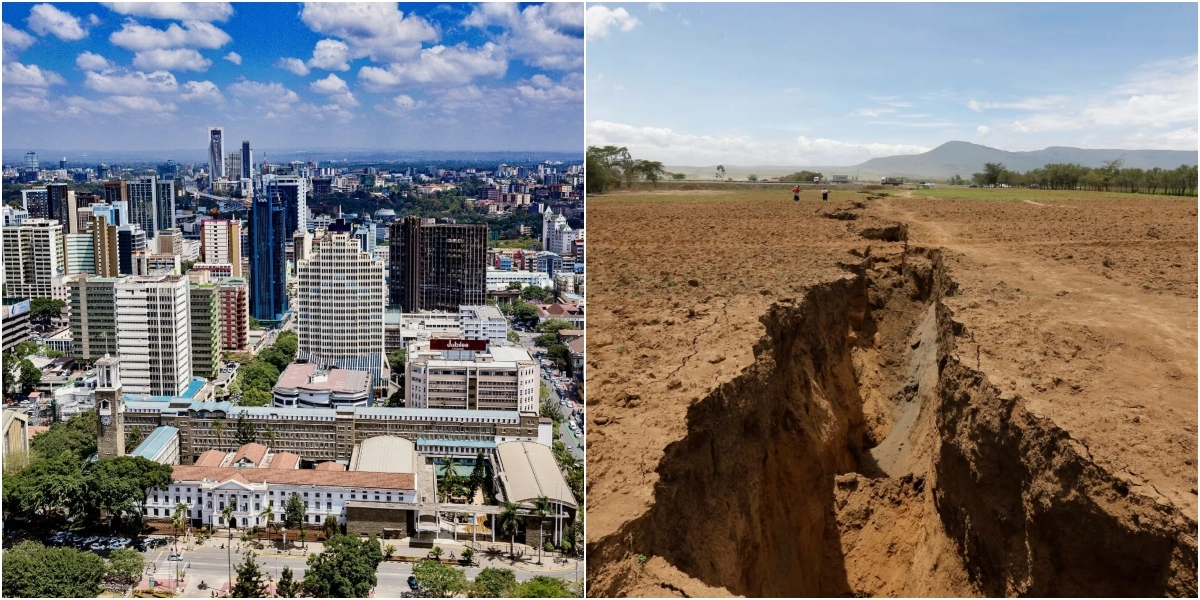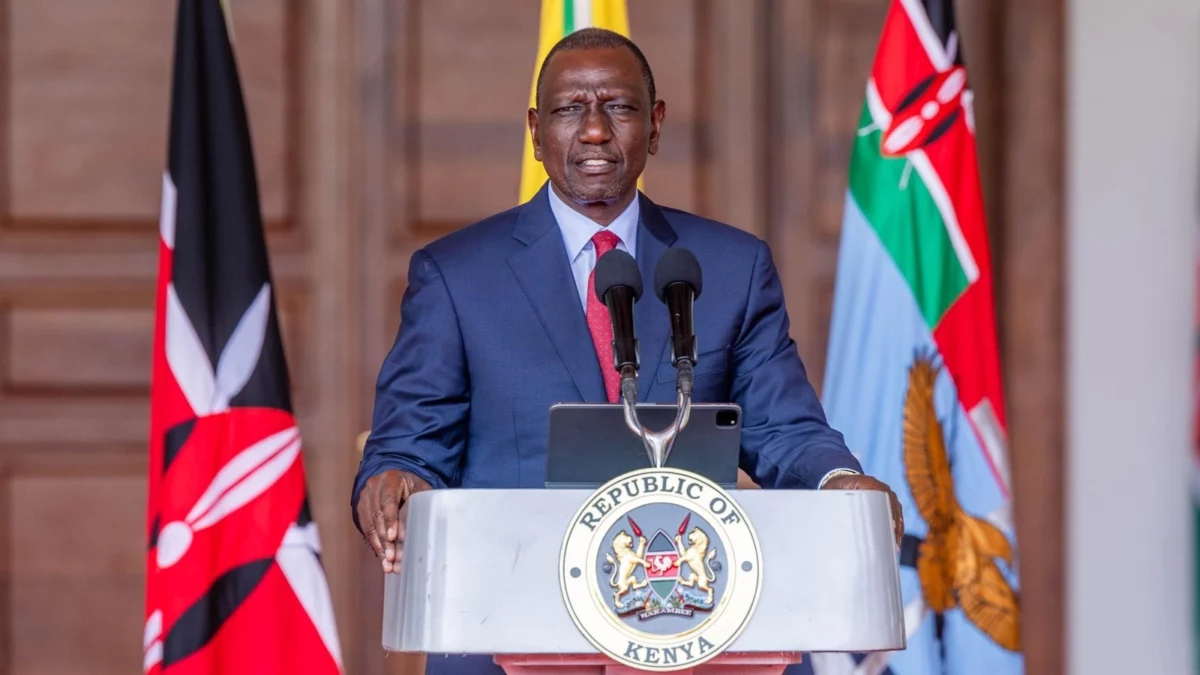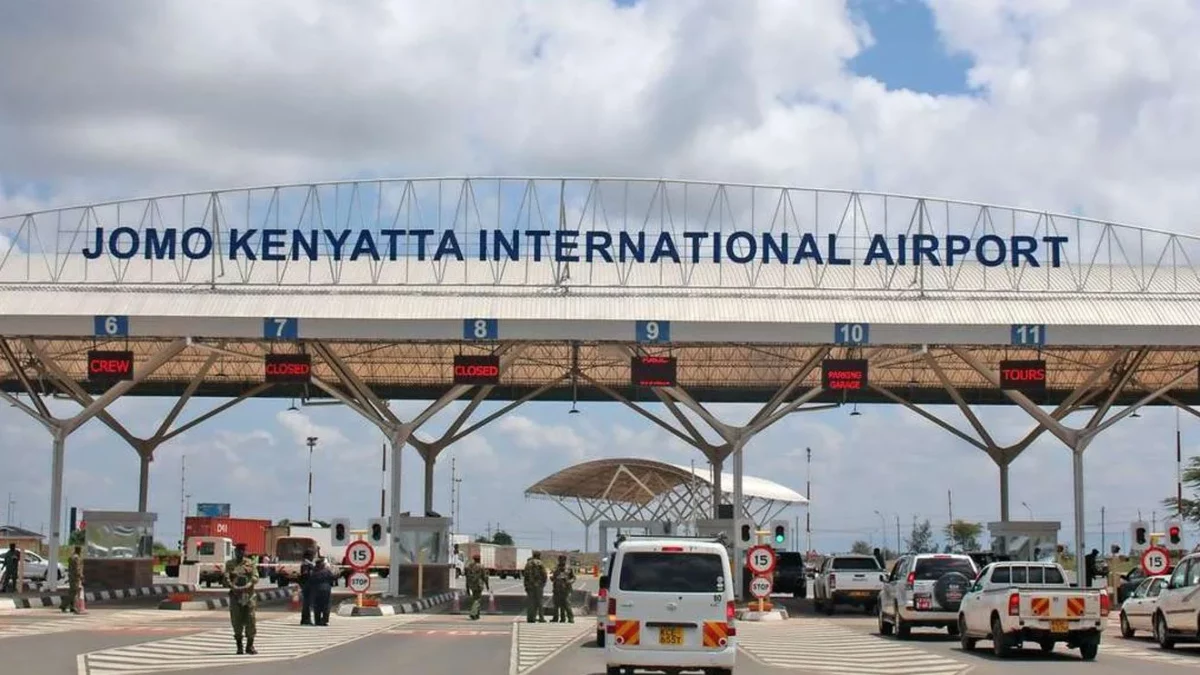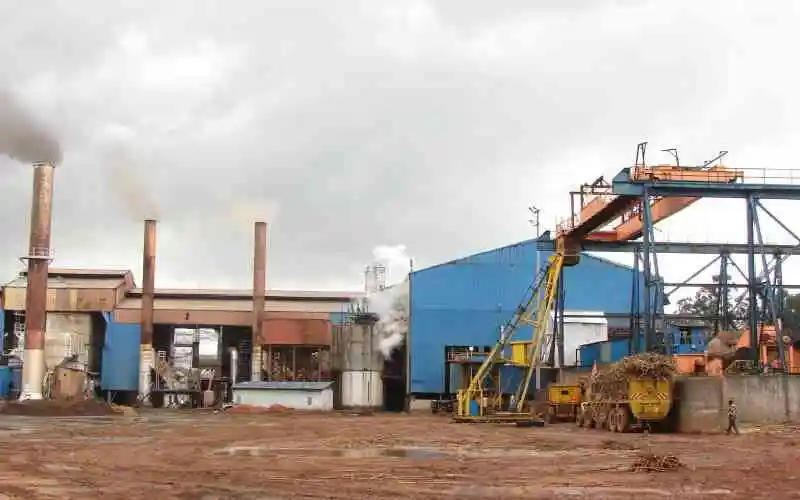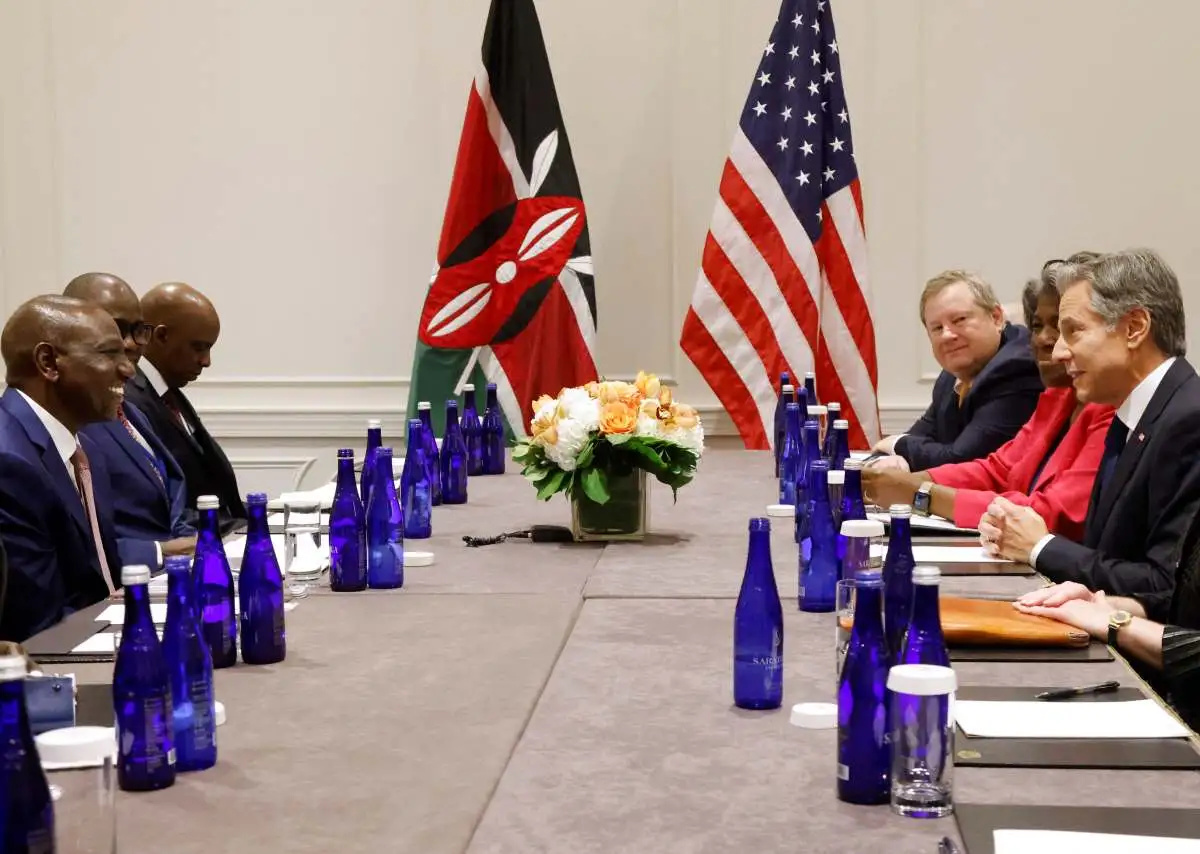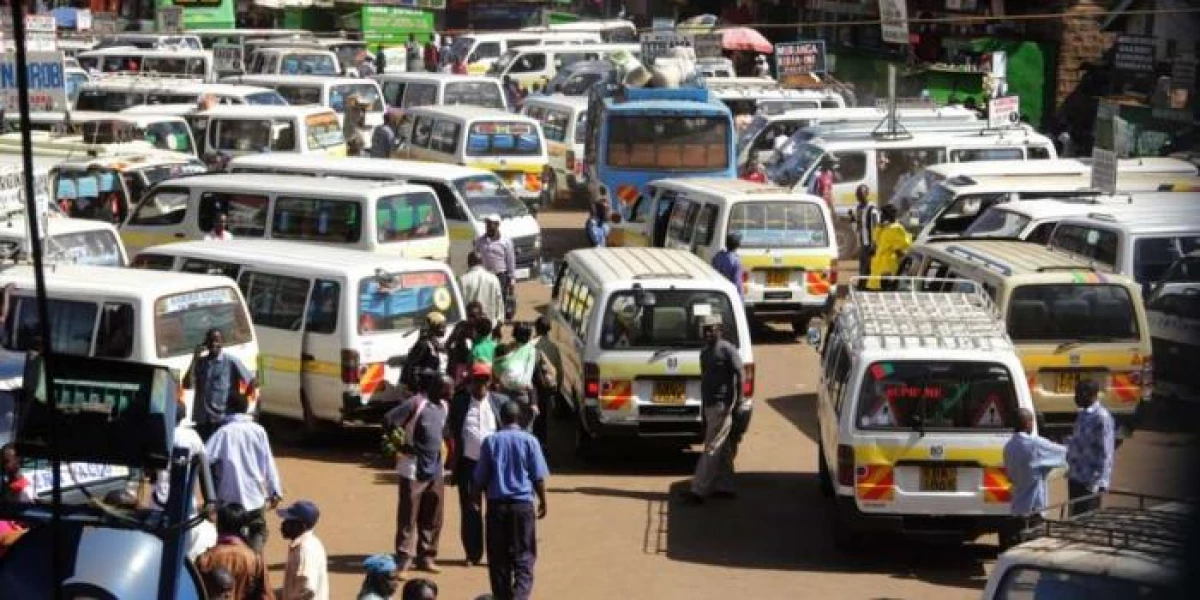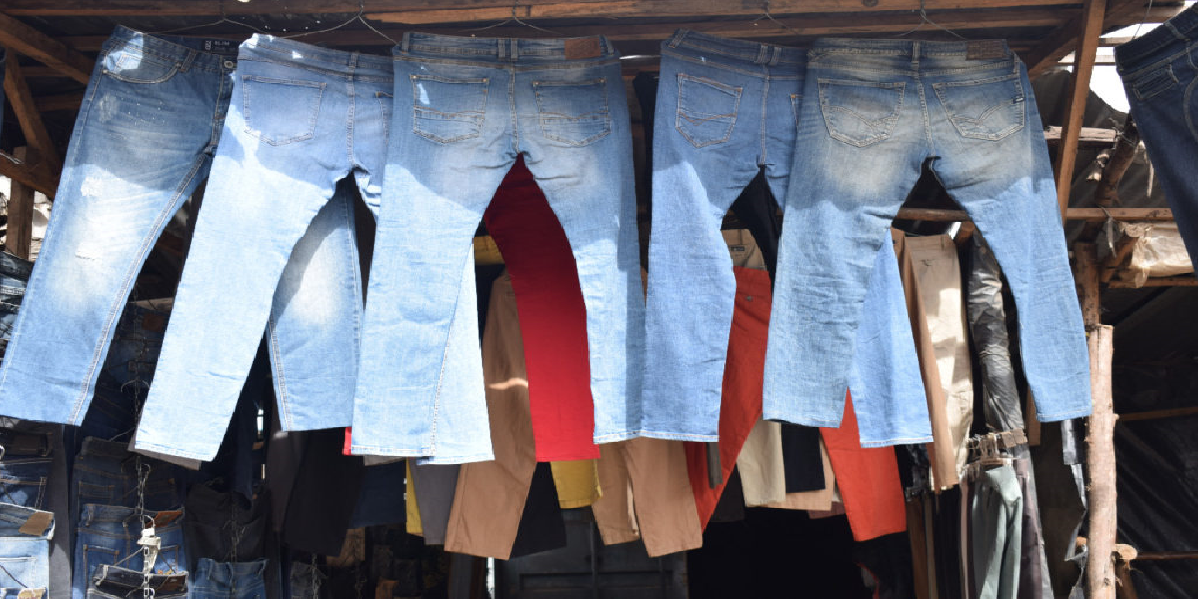Livestock keepers living near wild animal conservancies are now pleading with the Kenya Wildlife Service authorities to allow them to graze their animals within the parks.
Mlati Mghedi qualifies for the crime after allowing his herd of cattle to go through into the conservancy to graze whenever the drought is.
The 44-year-old farmer is careful not to allow the livestock to wander deep into the park where fleeing would be impossible should he sense the Kenya Wildlife Service (KWS) rangers on patrol.
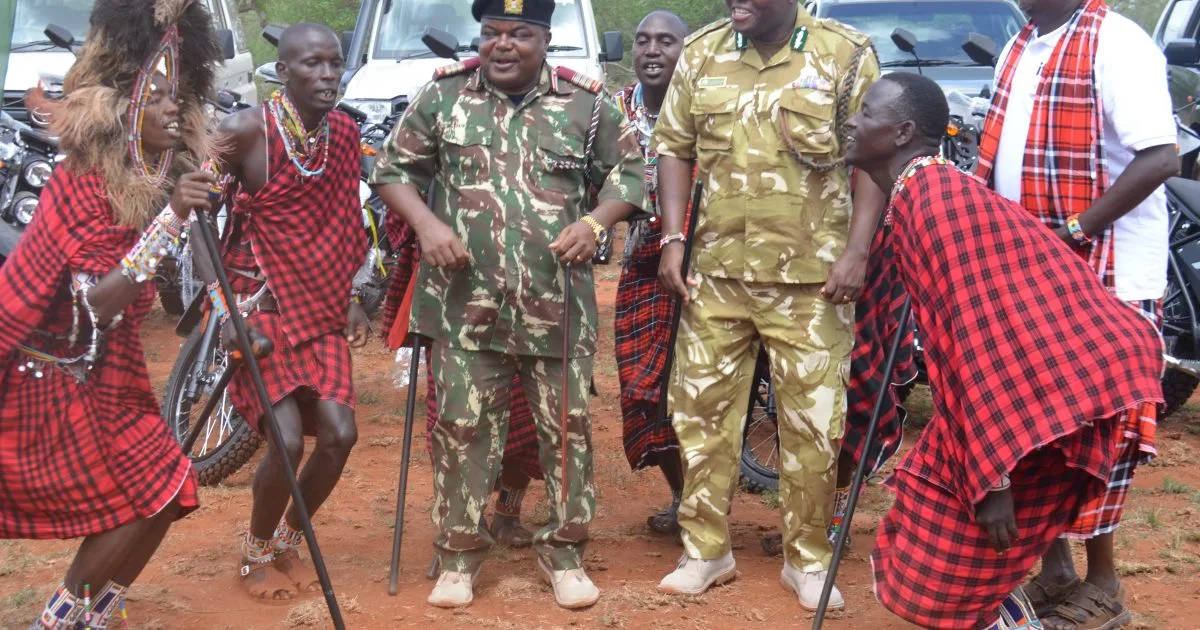
Recently with the decreasing pasture, he thinks about moving the livestock much deeper into the zones he had always avoided, Mlati claims it’s about survival.
“There is no grass. The pastures are deep in the park and if the rains do not come, I have to go there. My cows need to survive too,” he says.
Mghedi is among other hundreds of small-scale pastoralists living alongside Tsavo, who risk the forbidden zone, the areas protected by KWS, and the criminal justice system, which does not spare herders arrested for trespassing.
It is a criminal offense, under the Wildlife Conservation and Management Act 2013, which attracts heavy penalties.
The sanctions imposed by the Act include jail terms and forfeiting of the impounded livestock to State. The heavy punishment meted on the herders has to do with the presumption that they are often viewed as poachers.
“Most poachers masquerade as herders. The law tries to dissuade nonauthorized persons to get access into the Park because one cannot tell a genuine herder from a poacher,” says a Tsavo KWS official who requested anonymity.
Over the years, the non-industrial herders in the Tsavo landscape have sought permission to graze their animals in the Park whenever there is drought. These calls have been amplified by other herders neighboring national and game parks across the country.
However, the farmer’s petitions have been dimmed by the louder din of major conservation players who are against any effort to involve controlled livestock grazing in the park ecosystem.
Integration of livestock in the parks is a nuisance to radical conservationists, as they argue that livestock in national parks blurs, and will hurt the tourism sector and destroy ecosystems and natural biodiversity.
A recent push by key players in conservation to allow livestock in the park is incredibly gaining traction. The push has even attracted the attention of KWS’s top brass. The greatest push is coming from conservancies.
“We are asking KWS to allow us to graze in the park when our pastures are severely depleted and our livestock are exposed to the risk of dying,” says Mr. Bong’osa Mcharo, Chairperson of Taita-Taveta Wildlife Conservancies Association (TTWCA).
TTWCA is a group of over 30 ranches in Taita-Taveta County that have allocated over 1.1 million acres to wildlife conservation.
With such vast land at the disposal of wildlife, Bong’osa’s voice has a veritable weight that cannot be dismissed with the casual flippancy reserved for insignificant small-scale livestock keepers in Tsavo.
He is not alone. Such sentiments are echoed by Daniel Leturesh, a KWS honorary warden and the Chair of the Amboseli Ecosystem Trust.
Leturesh argues that with communities willingly giving up their vast tracts of land for wildlife conservation, KWS needs to reciprocate and permit controlled grazing inside protected areas.
He explains such grazing would only be allowed under very special circumstances like at times of ravaging drought that risks killings all their herds.
According to Mzee Leturesh, conservancies in Amboseli have collectively allocated over half a million acres of land for wildlife conservation.
“We have given land for wildlife because we want to conserve the wild animals. But we are also livestock keepers and animals are our livelihoods.
When severe drought comes, we can have a program where livestock can be allowed in the park to graze and be driven out when the rain comes,” he said.
In a shocking admission in front of the Principal Secretary (PS) Wildlife and Ag. Director General Dr. Erastus Kanga during a conservation equipment donation event at Lumo Community Conservancy in Mwatate in December, Mr. Leturesh admitted that his herds were currently grazing at Chyullu Hills National Park because there was no pasture in the conservancies.
“I will not lie. We have lost so many animals to drought. My remaining herds are at Chyullu because that is the only place with grass to help them survive through the drought,” he said.
Subscribe to our Youtube channel at Switch tv.
Data from Kenya Wildlife Conservancy Association (KWCA) points to why voices from conservancies can no longer be ignored.


